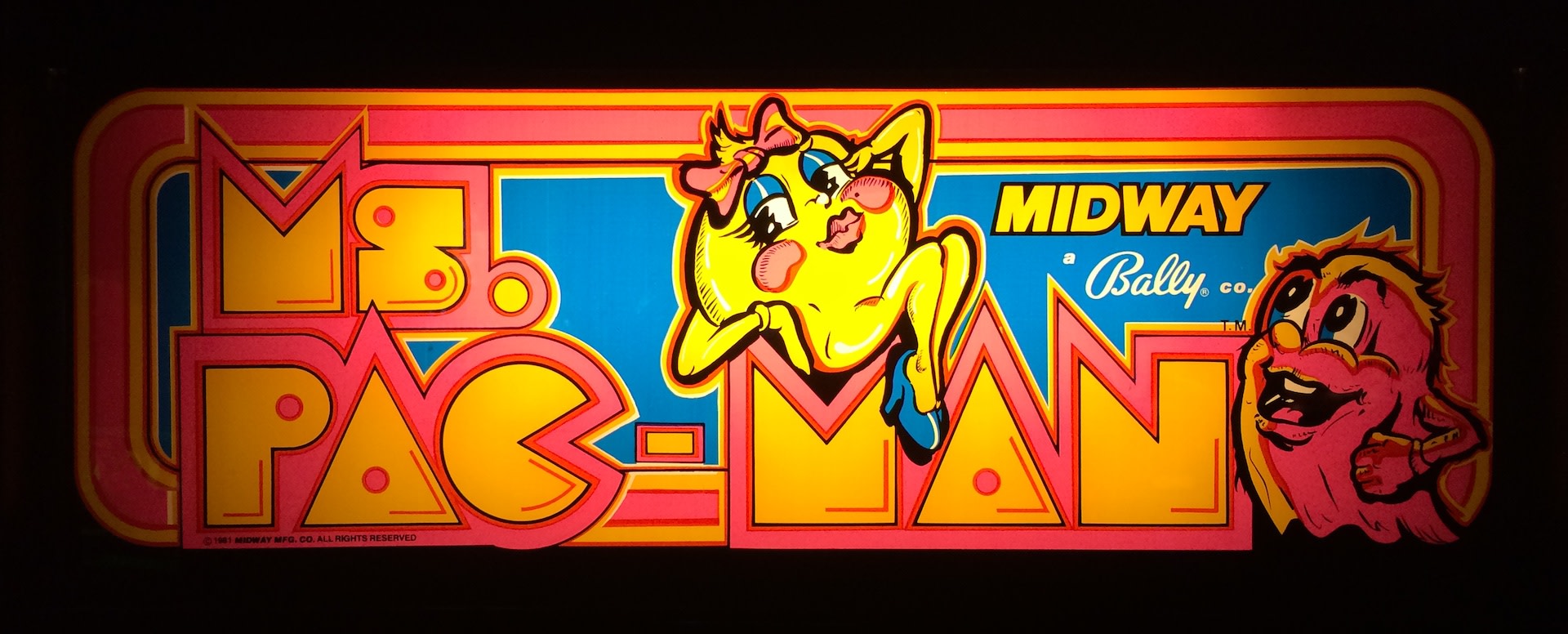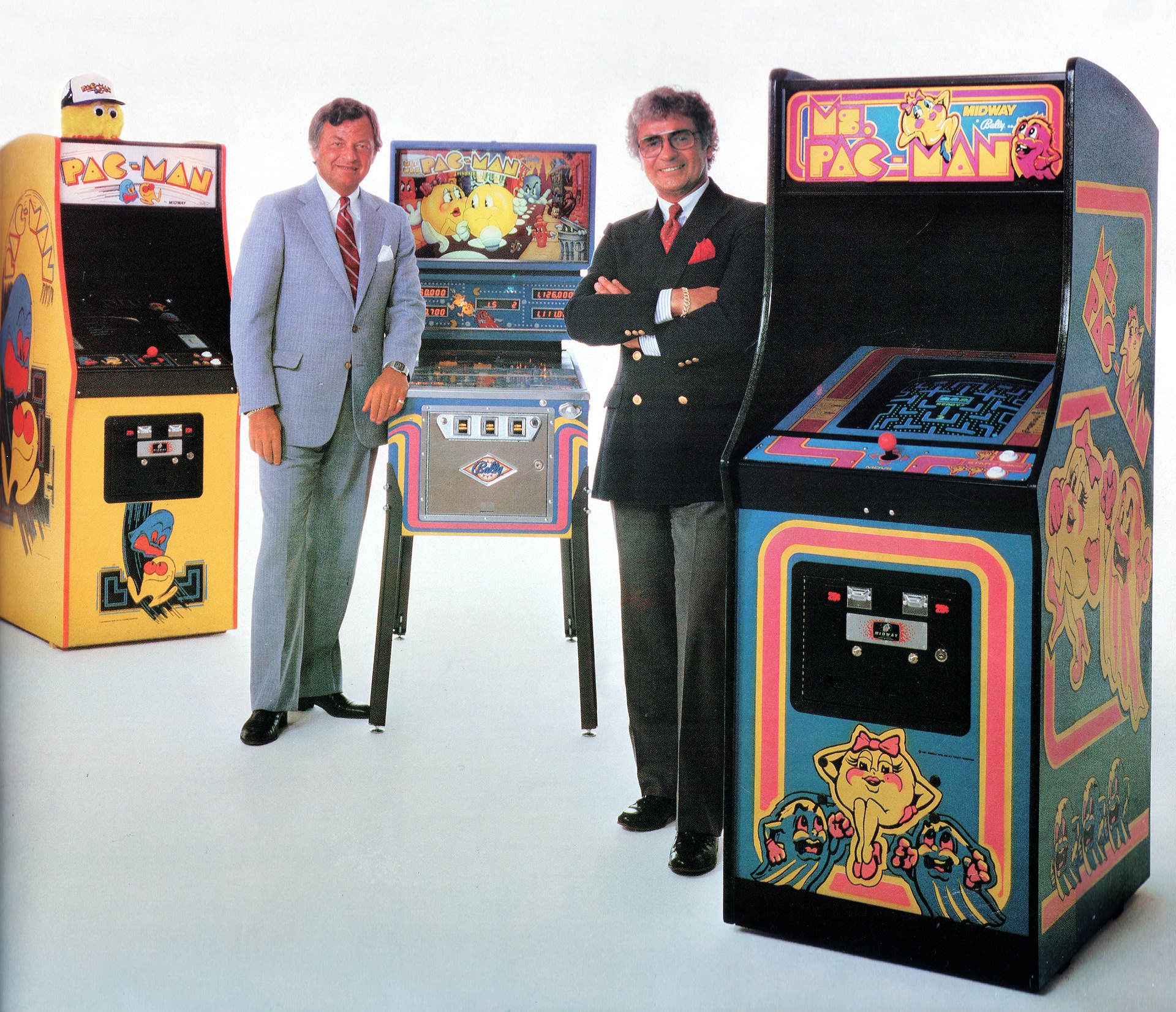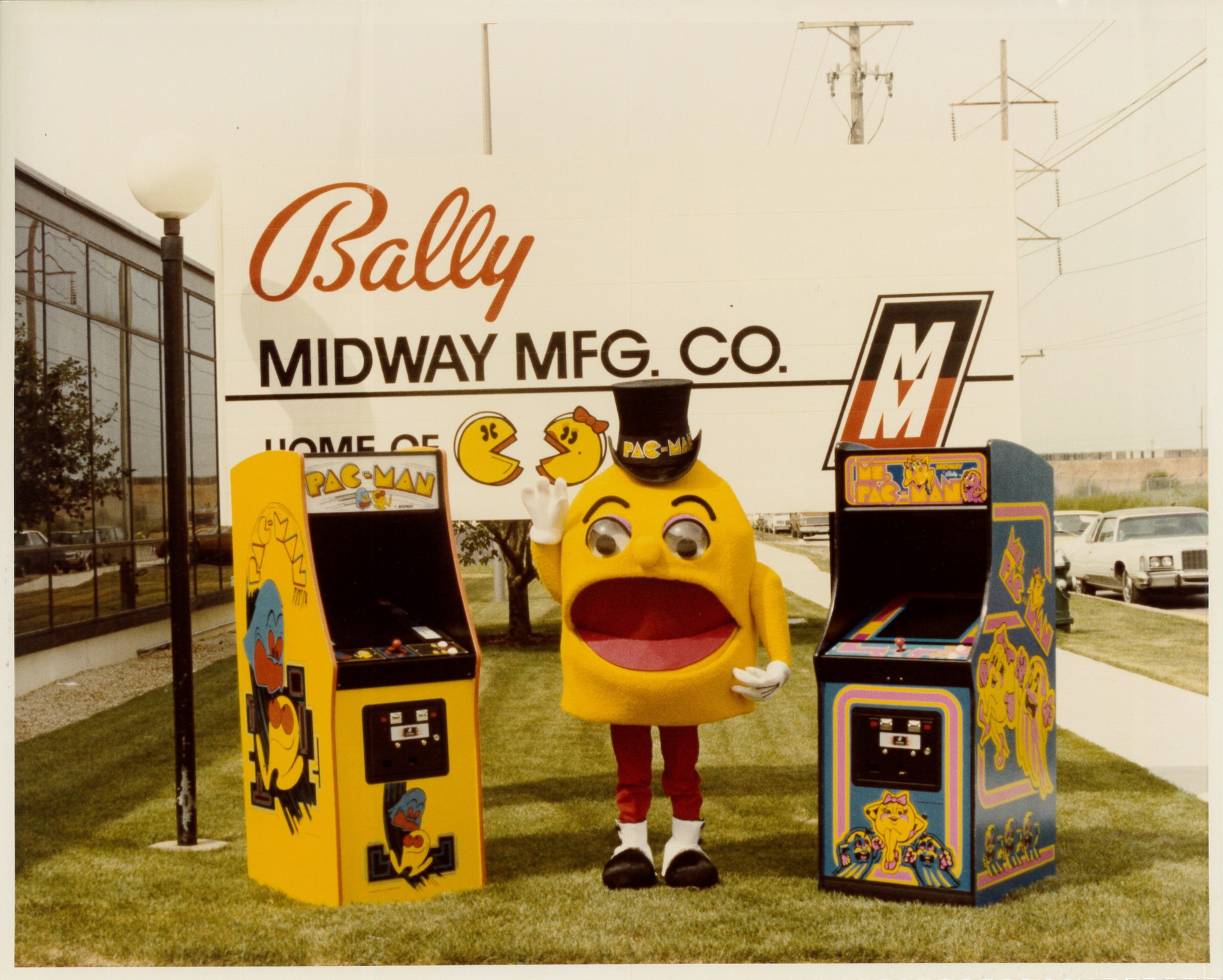Ms. Pac-Man followed through on this. It stayed close to the original gameplay and atmosphere, dressing the upright arcade in hues of bright blue, pink, and yellow. But it also did something new: while Midway could have simply made a Pac-Man II (one of the working titles was 'Super Pac-Man,' a moniker that would later be used for another arcade), it chose to have female lead character—a true first for video games—and chose so deliberately. Stan Jarocki, in one of the first interviews on Midway's new machine (Cash Box, February 20th, 1982), said "While Ms. Pac-Man is sure to be a big favorite of all players, it is Midway's tribute to the growing segment of the market, namely the ladies, who became ardent players of video games with the original Pac-Man."
Target audience
The sentiment was echoed around the games industry, at that time dominated by white and middle-aged men in double breasted suits, who had learned the trade selling pinballs and cigarette dispensers to bars and arcades, and who knew their audience was men and boys. Before Pac-Man, the coin-op hivemind was focussed on entertainments for this audience, but the yellow muncher and its success with 'the ladies,' as industry men constantly called women, radically changed their outlook. "There's no question that games like Pac-Man and the cute or comical character games have brought the novice player around," Frank Ballouz, Marketing VP of Atari said in an interview. "Right now, we're concentrating a great deal of our effort into the ladies as they really seem to be a viable audience."
Ms. Pac-Man thus could be interpreted as a tip to the hat to 'lady arcaders.' A large blue-pink-yellow love letter to a newfound audience, one that propelled the arcade game industry to new and greater heights. Here she was, Ms. Pac-Man, a timeless game with universal appeal, and she was here to stay. And with her a female demographic that would henceforth be a huge part of the player demographic.




